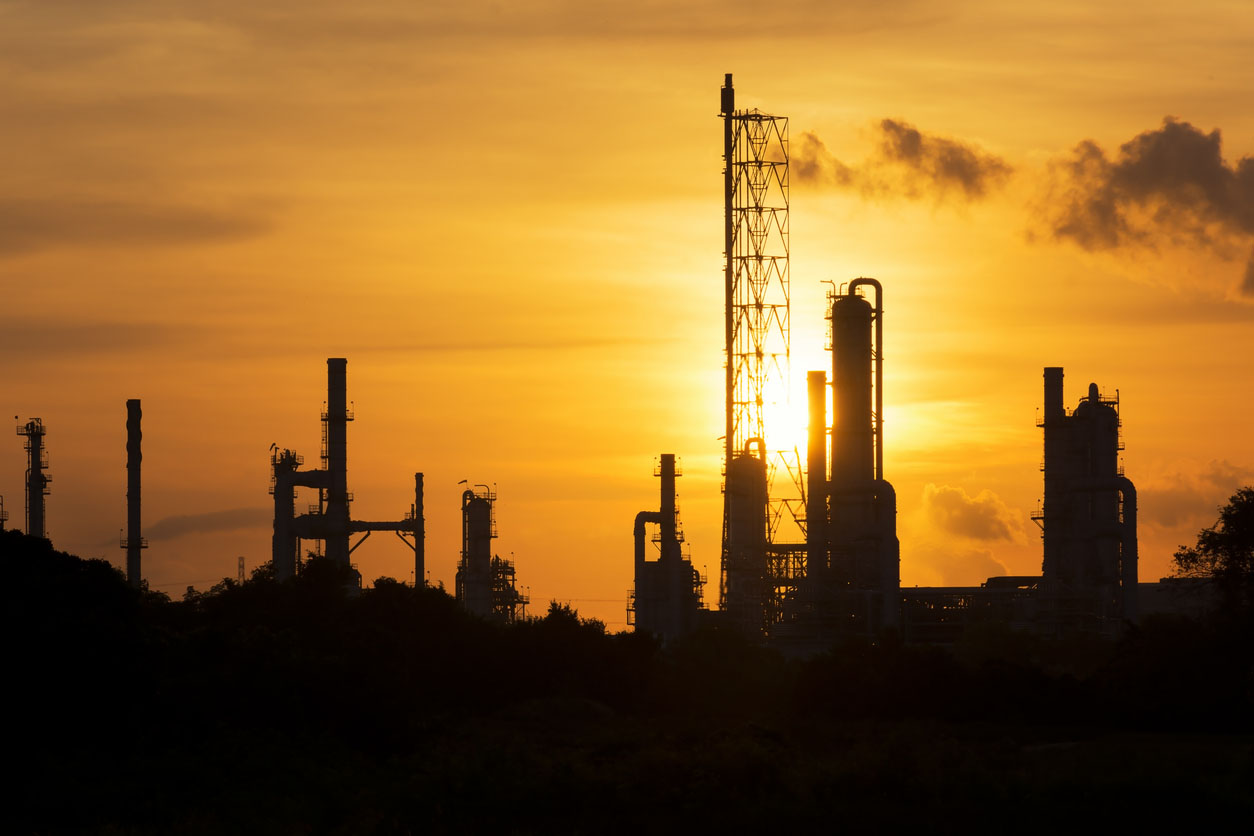
The Future for Oil Supply and Prices After the 'Amazon Effect' Stimulates Shale 2.0
The Energy Information Administration (EIA) went out on a limb this past summer and forecast what is already happening: U.S. crude oil production is on track to reach historic highs. This week U.S. crude exports hit a record too, now rivaling those of Kuwait. (Savor the word “exports” after decades of hand-wringing over oil imports.) And in related news: last month Citi issued a forecast predicting U.S. shale oil production will double in five years.
“Wind the clock back a handful of years and no forecaster saw America adding so much new production so rapidly.”
Set aside whether Citi is overly enthusiastic. Even the status quo is worrisome for stressed oil producers, especially OPEC, as well as for eager alternative energy proponents, the two constituencies that hope for lower U.S. output and higher prices.
The oil business has always been about a Goldilocks price: Too low, and producers can’t make profits and will bail out, sometimes permanently. Too high, and you get the twin-edged sword of demand destruction as markets revolt while escalated prices stimulate production from all kinds of otherwise non-viable players. There are a lot of reasons the world yo-yos between these two ends of the price spectrum, not least the semi-chaotic behaviors of consumers, credit markets, and oligarchs.
But over the long haul technology is at the core of this cycle of “creative destruction.”
While access to cheap capital matters, as do government permits, impediments and subsidies, it’s technology that creates supply (and demand too, but that’s another story, covered elsewhere). The world would not be awash in oil if we were still using the drilling technology of 1917. History’s long rise in oil production is traceable through technology progress from the Hughes drill bit to seismic imaging to deepwater rigs, and now of course shale tech.
So the hot topic amongst shale pundits these days is whether there is anything really new on the horizon, or whether shale, the latest entrant on the world petroleum stage, is on the glide-slope of the law of diminishing returns.
When it comes to petroleum prognosticators, it’s worth considering the record. Wind the clock back a handful of years and no forecaster saw America adding so much new production so rapidly. The addition of five million more barrels per day to global supply practically overnight – at these scales a half-dozen years is overnight – wreaked havoc. Shale put an unwanted 5% more supply into global markets that see prices soar or plummet from a mere 1% mismatch between supply and demand.
Read the entire piece at Forbes.com
______________________
Mark P. Mills is a senior fellow at the Manhattan Institute and a faculty fellow at Northwestern University’s McCormick School of Engineering. In 2016, he was named “Energy Writer of the Year” by the American Energy Society. Follow him on Twitter here.
This piece originally appeared in Forbes